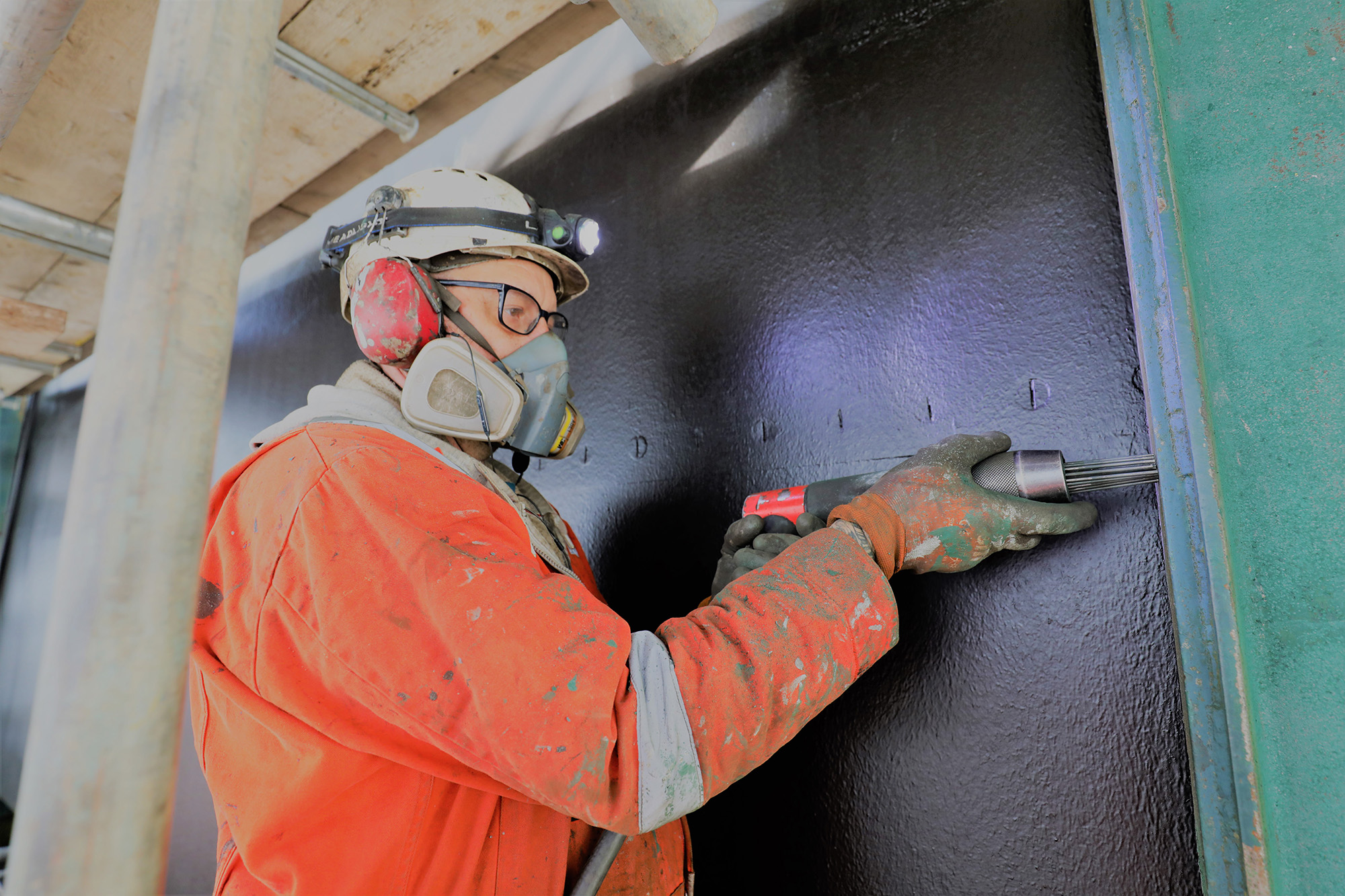Navigation Programme
Nene & Great Ouse
-
ClientEnvironment Agency
-
Value£1.1m
-
DurationFive months
Working with its supply chain, Jackson introduced numerous innovations to this winter Navigation programme designed to improve efficiency and add value to projects.
Jackson was appointed by the Environment Agency to carry out on-going refurbishment work on locks on the River Great Ouse and River Nene in Northamptonshire and Cambridgeshire. The work included lock drain downs and silt removal, mechanical works including installing new actuators, and the repair and re-painting of lock gate structures.

Innovative H&S solutions
Creative solutions were employed to enhance health and safety, mitigate risks to the environment and boost relations with local businesses.
One major improvement came from working closely with supply chain partner XL scaffolding, who Jackson asked to incorporate a lifting track into the scaffold structure around the lock gates. Prior to this, heavy items had been lifted either by hand, using pulleys, or by using costly cranes and lorry loaders.
One major improvement came from working closely with supply chain partner XL scaffolding, who Jackson asked to incorporate a lifting track into the scaffold structure around the lock gates. Prior to this, heavy items had been lifted either by hand, using pulleys, or by using costly cranes and lorry loaders.
Reducing waste
Another supply chain partner SPG used specialist heat induction equipment to remove old paint from the lock gates prior to repainting. This approach minimised the hazardous waste produced compared with traditional shot-blasting techniques.
Jackson also trialled an innovative new product called ScaffFloat, which uses a set of tough plastic floats specifically designed to integrate with standard scaffolding parts to make a working pontoon.
Jackson also trialled an innovative new product called ScaffFloat, which uses a set of tough plastic floats specifically designed to integrate with standard scaffolding parts to make a working pontoon.
'We are always looking where we can bring value to the project and do things better, often using the expertise of our supply chain.'
Ben Fabian, Consultant Site Agent, Jackson Civil Engineering
Boosting local businesses
At one site on the River Nene, the team helped to boost a local business by choosing to set up their facilities in the nearby pub that was closed because of the Covid lockdown.
Some of the innovations were simple but incredibly effective, such as choosing to use tree bark on the pathways near the locks rather than employ standard plastic matting. Not only were the paths safer to use, the use of tree bark was a sustainable solution that left the footways in a better condition than before – providing a benefit to members of the public who used them after our work had finished.
Some of the innovations were simple but incredibly effective, such as choosing to use tree bark on the pathways near the locks rather than employ standard plastic matting. Not only were the paths safer to use, the use of tree bark was a sustainable solution that left the footways in a better condition than before – providing a benefit to members of the public who used them after our work had finished.